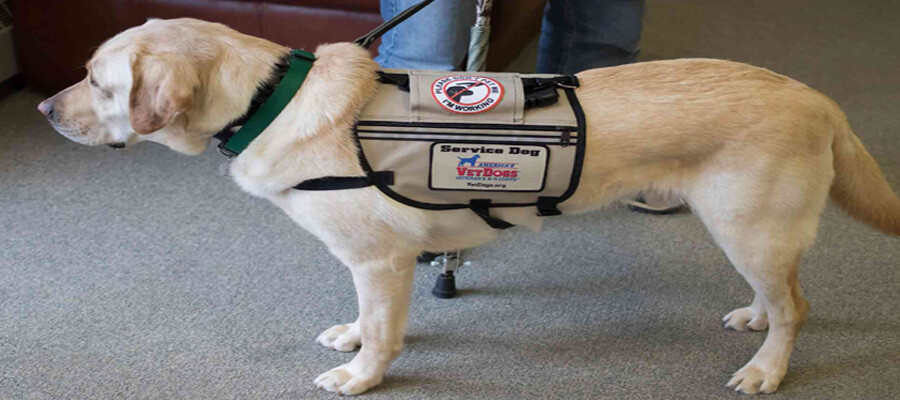
Updated on | by Critter Nets - Blogs
How to Prepare Your Dog for International Travel
Prepare Your Dog for International Travel
Introduction
Preparing your dog for international travel involves several steps to ensure their safety, comfort, and compliance with regulations. Whether you're relocating, going on vacation, or moving abroad, here’s a comprehensive guide on how to prepare your dog for international travel.
1. Research Destination Regulations
Before you book your flight, research the pet import regulations of your destination country. Different countries have varying requirements for pets, which may include:
Essentials for Your Newly Adopted Pet
Welcoming a shelter pet into your life is a beautiful journey. Here are some handpicked items to help your new friend feel safe, loved, and right at home:
- Vaccination Requirements: Most countries require dogs to be up to date on vaccinations, especially rabies. Check the specific vaccinations required for your destination.
- Microchipping: Some countries require dogs to be microchipped before entry. Make sure your dog has an ISO 11784/11785 compliant microchip.
- Health Certificate: A health certificate from a licensed veterinarian, stating that your dog is fit for travel and free from contagious diseases, is often required.
- Quarantine Regulations: Be aware of any potential quarantine requirements upon arrival.
2. Visit the Veterinarian
Schedule a visit to your veterinarian well in advance of your trip. Here’s what to discuss during the appointment:
- Vaccinations: Ensure your dog is up to date on all necessary vaccinations and obtain any required boosters.
- Health Certificate: Request a health certificate for international travel. This may need to be completed within a specific time frame (often within 7-10 days before travel).
- Preventive Treatments: Discuss flea, tick, and heartworm prevention, as some countries may have specific requirements.
- Sedation: Ask your vet if sedation is necessary for your dog during travel. Generally, it’s advised to avoid sedation, as it can complicate the dog’s ability to regulate its body temperature.
3. Book the Right Flight
When booking your flight, consider the following:
- Airline Policies: Each airline has its pet travel policies. Choose an airline that allows pets in the cabin if your dog is small enough or offers a safe cargo option for larger breeds.
- Direct Flights: Whenever possible, book direct flights to minimize stress and avoid layovers that may involve re-checking your dog.
- Comfortable Timing: Choose flight times that align with your dog's routine. Early morning or evening flights may be less stressful for them, especially in warmer weather.
4. Choose the Right Crate or Carrier
Invest in a comfortable and compliant travel crate or carrier. Consider the following factors:
- Size: The crate should be large enough for your dog to stand, turn around, and lie down comfortably.
- Ventilation: Ensure the crate has sufficient ventilation on all sides.
- Security: The crate should have secure latches and be sturdy enough to withstand travel.
- Familiarization: Allow your dog to become accustomed to the crate or carrier before the trip. Place treats and toys inside to create a positive association.
5. Pack Essential Supplies
When preparing for travel, pack a travel bag with essential items for your dog, including:
- Food and Water: Bring enough food for the duration of the trip and any necessary feeding bowls. Consider packing bottled water for hydration.
- Leash and Collar: Use a sturdy leash and ensure your dog has a well-fitting collar with an ID tag that includes your contact information.
- Comfort Items: Pack your dog’s favorite blanket or toy to provide comfort during travel.
- Waste Bags: Bring waste bags for clean-up during stops.
6. Prepare Your Dog for the Journey
Help your dog adjust to the idea of travel and reduce anxiety by:
- Short Trips: Take your dog on short car rides to get them used to being in a carrier or crate.
- Training: Practice crate training and familiarize your dog with commands that may be necessary during travel.
- Calming Aids: If your dog tends to get anxious, consider natural calming aids like anxiety wraps, pheromone sprays, or consult your veterinarian for recommendations.
7. Day of Travel
On the day of travel, ensure you follow these steps to minimize stress:
- Exercise: Take your dog for a long walk or play session to help them expend energy before the journey.
- Feed Lightly: Avoid feeding your dog a large meal right before travel to prevent nausea. Instead, give a light meal a few hours before the trip.
- Arrive Early: Arrive at the airport early to allow ample time for check-in and security procedures.
8. Upon Arrival
Once you arrive at your destination, keep these tips in mind:
- Check Requirements: Ensure you comply with any local regulations regarding pet entry, including any required inspections.
- Settling In: Allow your dog time to adjust to the new environment. Provide familiar items, such as their blanket or toys, to help them feel at home.
- Hydration and Food: Offer your dog fresh water and a meal after the journey. Monitor their eating and drinking habits for the first few days.
Conclusion
Preparing your dog for international travel requires thorough planning and attention to detail. By understanding destination regulations, consulting with your veterinarian, booking the right flight, and ensuring your dog is comfortable throughout the journey, you can make the experience as smooth and enjoyable as possible for both you and your furry companion. With careful preparation, you can embark on new adventures together, making unforgettable memories along the way.
Affiliate Products
We may earn a small commission when you shop through our links — it helps us keep sharing love and care for every dog out there, at no extra cost to you.

